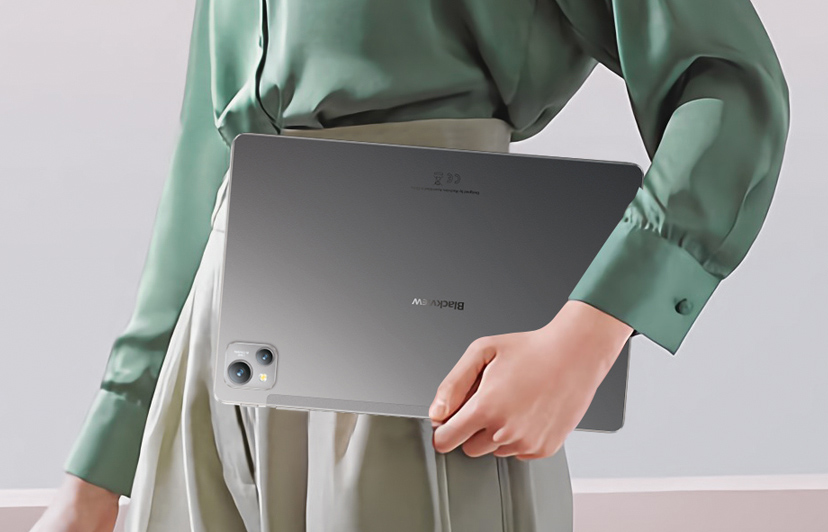Can thermal imaging detect mold in walls?
How Thermal Imaging Works? Thermal imaging, also known as infrared thermography, utilizes infrared technology to detect heat patterns and temperature variations. It can create a visual representation of temperature differences in objects and surfaces.

A thermal camera can be a useful tool for detecting certain types of mold in walls, but it has limitations and should be used in conjunction with other methods of mold detection. Here's what you need to know:
1. Detecting Mold with Thermal Imaging:
Mold growth is typically associated with moisture, and it can result in temperature variations on affected surfaces. When moisture evaporates from a damp area, it can cause cooling that may be detectable by a thermal imaging camera as a temperature difference.
2. Limitations of Thermal Imaging for Mold Detection:
While thermal imaging can be effective for identifying moisture-related issues and potential mold growth, it has limitations:
- Not All Mold Infestations Are Detectable: Not all types of mold produce significant temperature variations that are detectable by thermal imaging. Some molds may not cause notable cooling, making it challenging to identify them using this method alone.
- False Positives and False Negatives: Thermal imaging can produce false positives or false negatives. Various factors, such as insulation, surface conditions, and the presence of other heat sources, can affect the accuracy of thermal imaging results.
- Hidden Mold: Thermal imaging can only detect mold growth on surfaces visible to the camera. It cannot penetrate walls or other materials to identify mold growth that is not visible on the surface.
- Moisture Sources: Thermal imaging can detect temperature variations caused by moisture but may not pinpoint the exact source of the moisture. Additional investigation is necessary to determine the underlying cause of any moisture-related issues.
3. Complementary Mold Detection Methods:
To accurately assess the presence of mold in walls and identify the extent of the infestation, it is advisable to use thermal imaging in combination with other mold detection methods, such as:
- Visual Inspection: Carefully examining visible signs of mold, including discoloration, staining, or visible mold growth on surfaces.
- Moisture Meters: Measuring moisture levels in walls and other materials to identify areas of excessive moisture that may promote mold growth.
- Air Sampling: Collecting air samples to test for the presence of mold spores in the indoor environment.
- Professional Mold Inspection: Consulting with a qualified mold remediation professional who can perform a comprehensive assessment using a combination of techniques and equipment.
In summary, while thermal imaging can help identify temperature variations associated with moisture and potential mold growth in walls, it is not a foolproof method for detecting all types of mold. It is best used as part of a comprehensive mold inspection process that includes visual inspection, moisture testing, and potentially air sampling. Consulting with a mold remediation professional can provide a more accurate assessment and guide appropriate remediation measures if mold is confirmed.
Thank you for visiting Blackview (The leader of rugged smartphone) blog. Hope the guide has been helpful.
Read also,
- How much do I need to cost for a thermal camera?
- Can thermal imaging see through walls?
- Can a thermal camera see through clothes?
- Can I use a thermal camera smartphone for hunting?
- How to hide from a thermal camera?
- Can thermal imaging detect cancer?
- Can thermal scan water leakage?
- Can night vision see through clothes?
- Can you see snakes with thermal imaging?
- Can thermal vision see through glass?
- Thermal imaging vs infrared
- Can a thermal camera detect hidden cameras?
- Can a thermal imager detect moisture level of the topsoil?
- What does thermal imaging detect?
- Thermal imaging used in agriculture
- Can police use thermal imaging without warrant?
- Why do firefighters use thermal imaging cameras?
- Do thermal cameras work in daylight?
- Can thermal cameras see through water?
- How far that a FLIR camera can see?







